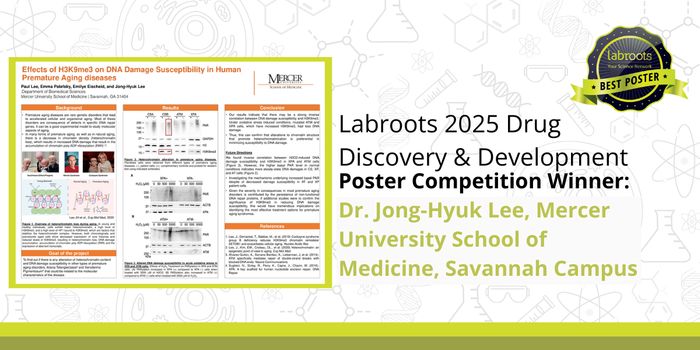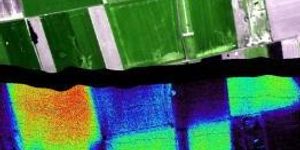Chemistry & Physics
Thin Boron-Based Films: Potential Competitors For Graphene
FEB 18, 2014 12:00 AM PST
Share
New Technique of Studying Insect Physiology Through DNA Extractions
 Grasshoppers may be a nuisance to your garden, but their voracious appetites and large numbers can cause more significant problems for farmers and ranchers by consuming cash crops as well as grasses needed to feed livestock. However, they do have a positive role to play in the ecosystem - they are a living system to recycle nutrients from decomposing plants and redeposit them in the soil. Increased understanding of the grasshopper's feeding patterns could lead to more effective methods of intervention and control with minimal damage to the overall ecosystem.
Grasshoppers may be a nuisance to your garden, but their voracious appetites and large numbers can cause more significant problems for farmers and ranchers by consuming cash crops as well as grasses needed to feed livestock. However, they do have a positive role to play in the ecosystem - they are a living system to recycle nutrients from decomposing plants and redeposit them in the soil. Increased understanding of the grasshopper's feeding patterns could lead to more effective methods of intervention and control with minimal damage to the overall ecosystem.With this in mind, researchers at the University of Cincinnati developed a new method of dissection and DNA extraction to get more information about the grasshoppers than was available in previous analytical methods. Their work was summarized in Applications in Plant Sciences, and a corresponding video illustrating the dissection method is also available.
The method starts with a standard dissection kit, allowing the scientists to isolate the grasshopper guts into sections. DNA extraction removes both plant and grasshopper DNA, and then PCR (polymerase chain reaction) is used to separate and isolate the plant DNA. This method takes less than three hours and uses standard inexpensive lab equipment. It also allows sequential tracking of the grasshopper's food, since the gut sections can be independently studied.
The sequential tracking allows scientists to determine the sequence in which food was consumed and roughly estimate the time needed to digest food in each section. This allows for comparisons of the feeding habits and mechanisms between different grasshopper species and variations within species.
As an example of how the technique could be used, DNA from a specific portion of a plant chloroplast gene was amplified for feeding trial purposes on different species and ages of grasshoppers. The team found that plant tissue could be found up to 12 hours post-ingestion in adult M. femurrubrum grasshoppers and in nymphs of M. bivittatus and M. differentialis, but the larger adult M. differentialis retained plant tissue up to 22 hours post-ingestion. With this knowledge, researchers can time the dissection of future feeding experiments.
The team also discovered that M. differentialis, generally did not switch back and forth between available grasses, but ate them sequentially instead. This would indicate preferences for certain types of grasses over others. It may be possible to ultimately discover what grasses are preferred, and why, within a species - for, example, is one type of grass more readily digestible than another? If there are plants that are physiologically similar but have different preferences among the grasshoppers, can scientists use that knowledge to change the grasshoppers' habits (through such things as plant modifications or different planting patterns)?
The study has implications beyond grasshoppers, since it can be modified to study any plant-eating insect. With its simplicity, versatility, and lack of reliance on expensive laboratory equipment, we can expect this method to be used on multiple insect studies in the future, and it is likely to lead to new methods of insect population management.
You May Also Like
Loading Comments...








